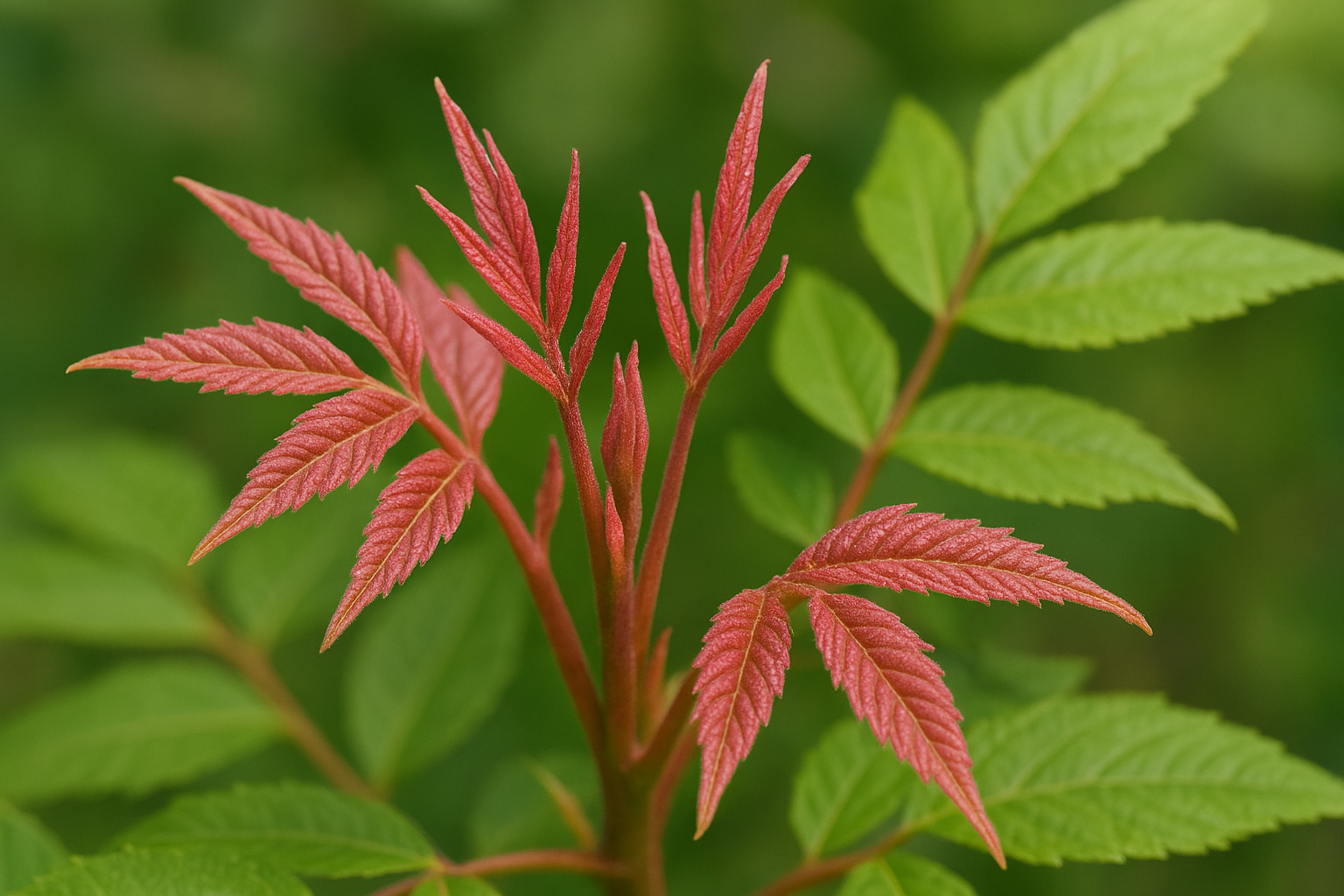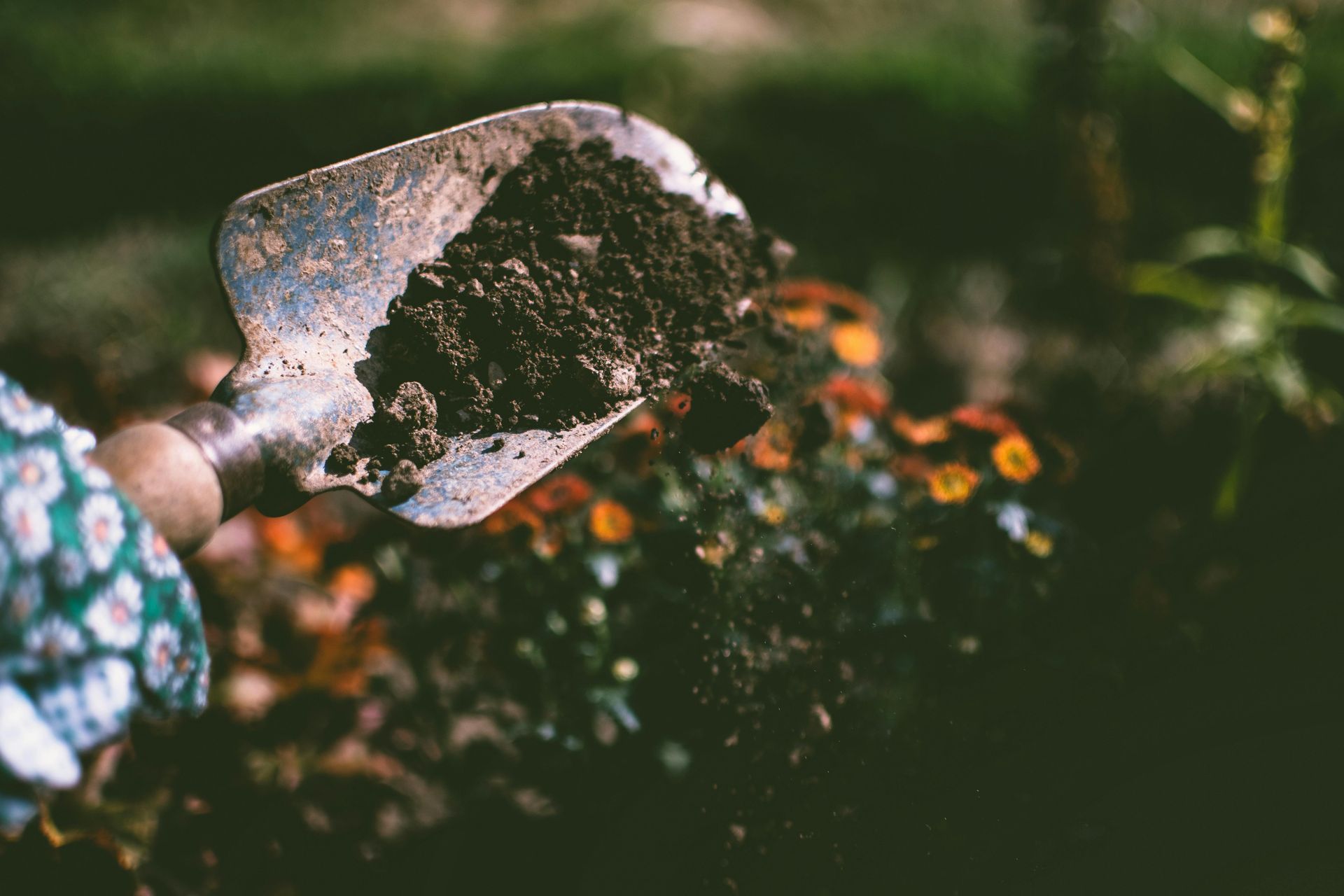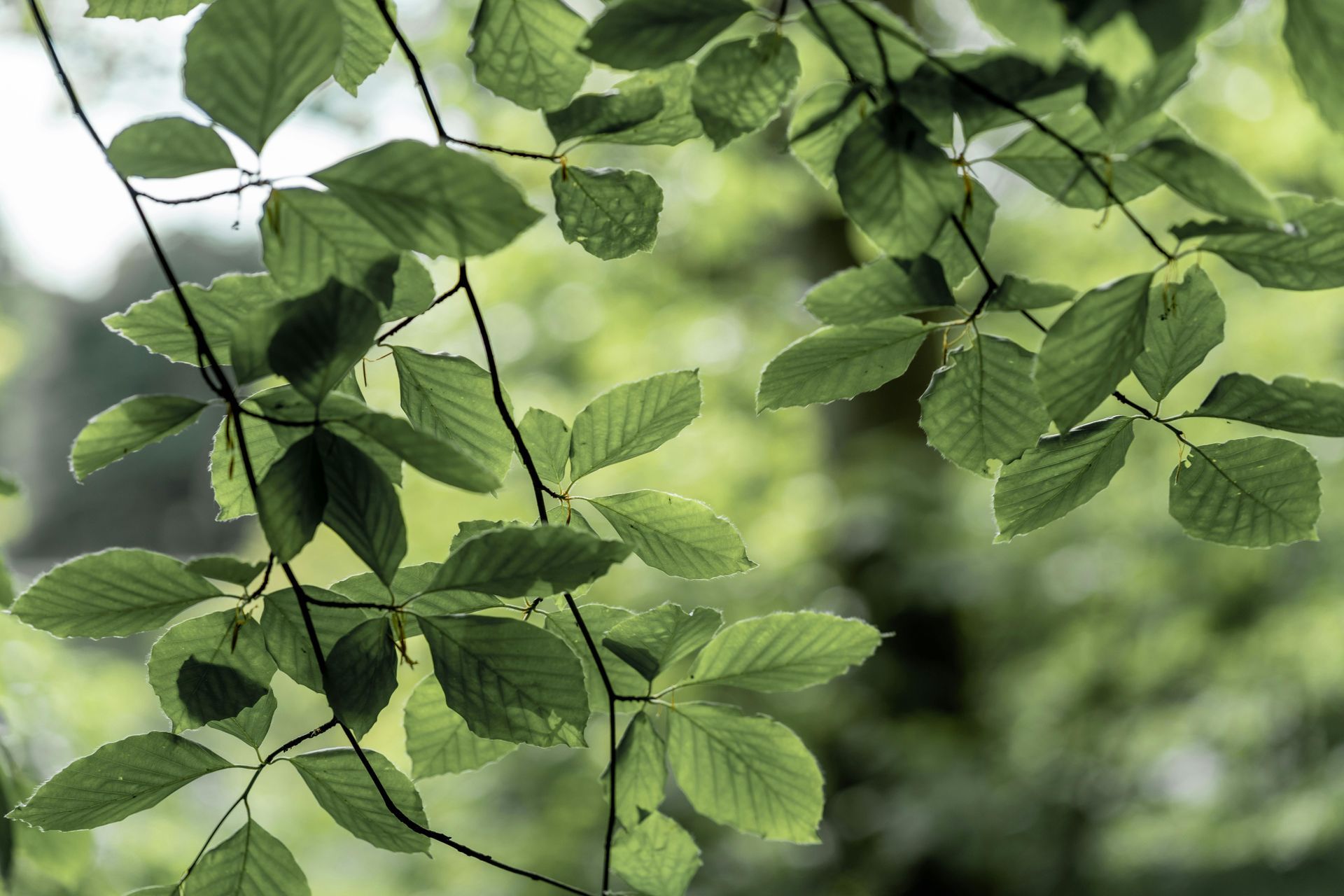Are you looking for a sustainable and effective way to improve your garden and landscape? Look no further than using wood chips for your mulching needs. Not only does this practice offer numerous benefits to your gardenscape, but it's also easy to do and often completely free. Because wood chips are an almost guaranteed by-product of the tree care industry, we have an excess of chips that need a home, or else they will be dyed and turned into store-bought mulch. You can skip the costly middle man by signing up for free loads of wood chips here on our website.
Creative Uses for Wood Chips: Mulch & Compost
In gardening and landscaping, wood chips are often associated with mulching and composting, but their versatility extends far beyond these common applications. These leftover wood pieces, typically sourced from woodworking projects, can serve multiple functions in the garden. By exploring these alternative uses for wood chips, gardeners can maximize the value of this abundant resource while promoting sustainability and enhancing the beauty of their outdoor spaces.
Using Wood Chips as Mulch
Benefits of Using Wood Chips as Mulch
- Retains moisture. Wood chips create a protective layer on the soil surface, reducing water evaporation and helping retain soil moisture in your garden. This is especially beneficial during hot and dry periods.
- Suppresses weeds. A thick layer of wood chips acts as a natural weed suppressant, blocking sunlight and preventing weed growth. This reduces the need for herbicides and manual weeding.
- Regulates temperatures. Wood chips insulate the soil, helping to regulate soil temperature. They keep the soil cooler in hot weather and provide some protection against temperature extremes.
- Prevents soil erosion. Mulching with wood chips helps prevent soil erosion by reducing water runoff and providing a stable surface that protects against rain and wind.
- Improves soil structure. As wood chips break down over time, they contribute organic matter to the soil, improving its structure, aeration, and fertility.
- Recycles nutrients. Decomposing wood chips release nutrients into the soil, creating a natural and slow-release fertilizer for plants.
- Reduces compaction. Mulching with wood chips reduces soil compaction, promoting better root growth and water infiltration.
How to Use Wood Chips as Mulch
- Choose the right type of wood chips. Use wood chips from trees that are not allelopathic (inhibiting the growth of other plants). Common choices include hardwood chips, pine chips, or a mix of different tree species. Avoid chips from black walnut trees, as they contain a toxin that is harmful to your plants.
- Avoid dyed or chemically treated wood chips. Choose natural, untreated wood chips, as dyed or chemically treated chips may contain substances that are harmful to plants.
- Apply a layer of wood chips. Spread a layer of wood chips around the base of plants, shrubs, and trees. The recommended thickness is typically 2 to 4 inches, but this can vary depending on the type of wood chips and your specific goals.
- Keep mulch away from plant stems and trunks. Avoid "mulch pyramids", which is the practice of piling wood chips directly against the stems or trunks of plants. Leave a small gap to prevent moisture-related issues and root girdling, and to discourage pests.
- Monitor moisture levels. Keep an eye on soil moisture levels, especially in the root zone of plants. Adjust watering practices as needed, as the presence of mulch can influence moisture retention and, in some cases, could result in mold growth or root rot.
- Reapply as needed. Wood chips will break down over time. Reapply them as needed to maintain the desired thickness and continue benefiting your plants.
Using Wood Chips as Compost
Composting with wood chips can be an excellent way to recycle organic material and create nutrient-rich compost for your garden. Wood chips, being a carbon-rich "browns" material, balance the nitrogen-rich "greens" materials in your compost pile, providing the right mix for decomposition. To begin developing your compost pile, you will need:
- Wood chips. Use wood chips from untreated and unpainted wood. Ideally, mix different sizes to create better aeration within the compost pile.
- Nitrogen-rich materials (greens). Kitchen scraps such as fruit and vegetable peels, coffee grounds, etc., grass clippings, and green plant trimmings all work for these layers.
- Carbon-rich materials (browns). Materials such as wood chips, dried leaves, straw, hay, shredded newspapers, and tapeless cardboard are good choices.
- Water. Maintain proper moisture levels by watering your compost pile as needed. It should be damp, similar to a wrung-out sponge.
- Pitchfork or compost tumbler. Turn the compost regularly to aerate and introduce oxygen into the pile, speeding up the decomposition process.
How to Compost with Wood Chips
- Choose a location for your compost bin or pile. Depending on what kind of compost pile you want, locate a sunny or partially shaded area.
- Start layering. Place layer of wood chips at the bottom of your compost pile. This provides aeration and helps prevent compaction (note: some people place a layer of newspaper before the chips for added separation from grass and soil underneath).
- Alternate greens and browns. Layer your compost materials by alternating greens (nitrogen-rich materials) and browns (carbon-rich materials). For every layer of kitchen scraps or green plant material, add a layer of wood chips about twice as thick on top to protect it. Aim for a balanced ratio of greens to browns, roughly 1:2 or 1:3. This helps create the right conditions for decomposition and prevents the compost from becoming too nitrogen-rich or too dry.
- Keep the pile moist. Wood chips absorb water, so it's crucial to monitor moisture levels and water as necessary to maintain dampness and prevent decomposition from halting.
- Turn the compost pile regularly. This practice introduces oxygen and speeds up the decomposition process. It also helps break down the wood chips and other materials more efficiently.
- Monitor the temperature. Composting generates heat. Monitor the temperature of your compost pile – a warm pile indicates active decomposition.
- Practice patience. Composting takes time. Depending on the size of your pile, it may take several weeks to months for the compost to mature. Be patient and continue turning the pile regularly.
- Harvest the finished compost! Once the compost has a dark, crumbly texture and an earthy smell, it's ready to use. Harvest the finished compost and incorporate it into your garden soil for added benefits.
In sum, incorporating wood chips into your composting process not only allows you to recycle organic matter, but also improve the structure and nutrient content of your garden soils. It's a sustainable way to manage garden waste and create a valuable resource for your plants. For more information on composting and various types of composting, check out our Composting at Home blog.
References:
Composting Wood Chips: A Beginner's Guide (sustainableecho.com)
Can I Put Wood Chips In Compost: Are Wood Chips Good For Compost | Gardening Know How
Using Wood Chips for Mulch: What to Use and What to Avoid (learningandyearning.com)
Wood Chip Mulch: A Gardener’s Guide - Reformation Acres
Images - Canva
Check out the latest:









